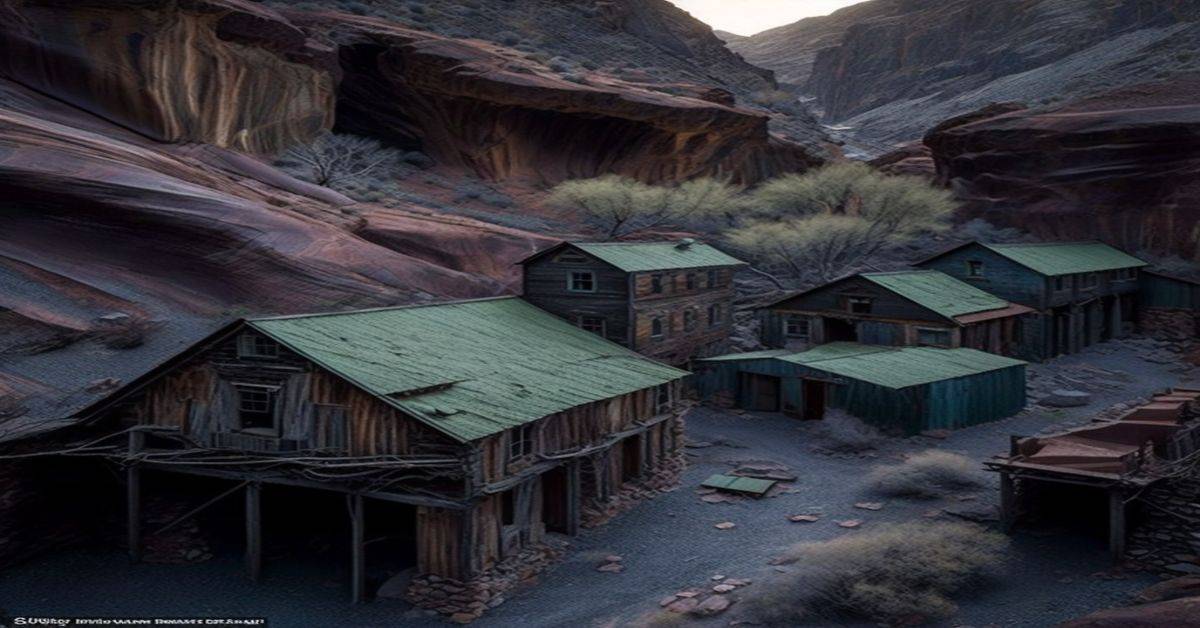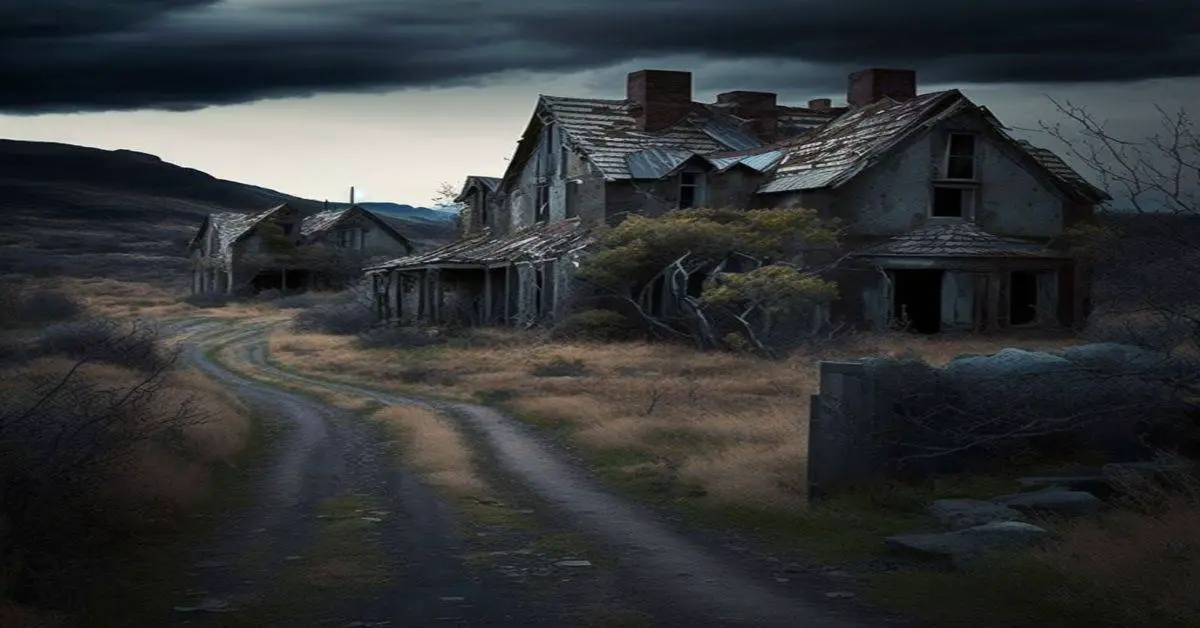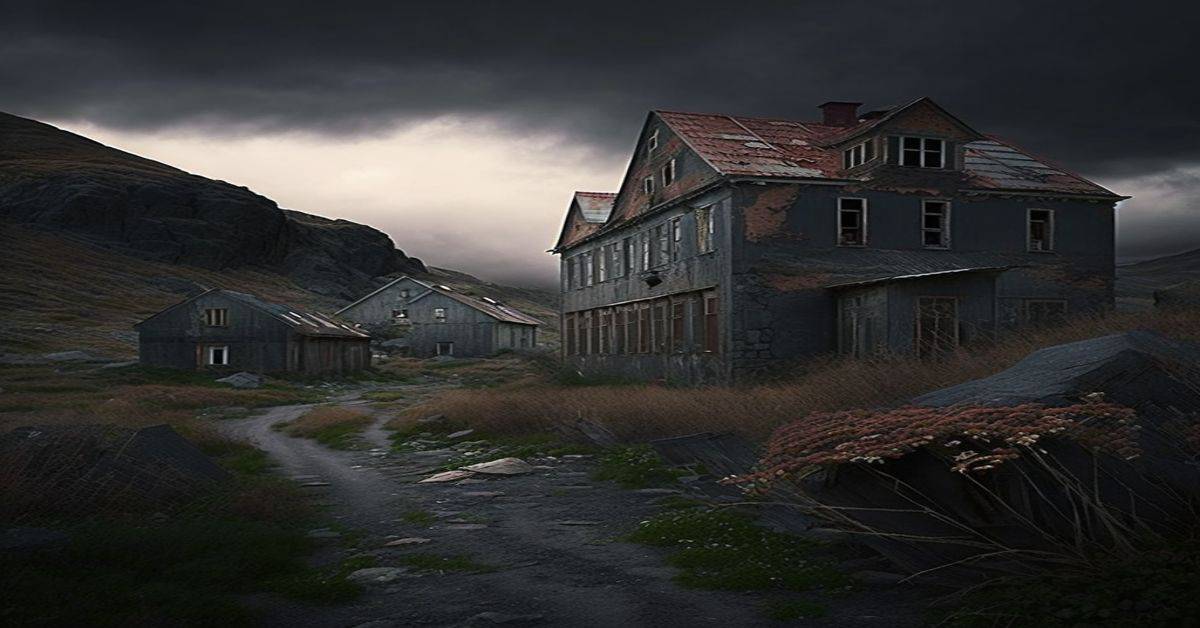Nestled in the north-central region of Florida lies the forgotten town of Slavia, a captivating piece of history that has been left to decay over time. Once a thriving community, Slavia is now a ghost town, with abandoned buildings and deserted homes serving as a testament to its past glory.
Despite the urban sprawl by Oviedo that threatens to consume the area, Slavia’s residents, many of whom are possibly descendants of its original settlers, remain steadfast in preserving the town’s rich history.
Visiting Slavia is a unique experience, allowing visitors to delve into the intriguing past of a town that has been left to decay. The remnants of Slavia’s history are scattered throughout the area, including the Lukas Garden Center, Stanko’s Store, and the Duda Sod Farm.
The highlight of a trip to Slavia is St. Lukes Cemetery, which features the original church and subsequent church buildings on the property of St. Lukes Lutheran Church.
The history of Slavia deserves to be explored, and it is imperative to do so before it is too late. In this article, we will delve into the fascinating history of Slavia and the attractions that make it a must-visit destination for anyone interested in Florida’s history.
Key Takeaways
- Slavia was founded in the late 1800s by Czech immigrants and grew to include a post office, general store, and church, serving as a reminder of the struggles and triumphs of the early settlers.
- Preservation efforts have been ongoing to maintain historical integrity while accommodating modern development, with St. Lukes Lutheran Church and cemetery as a focal point, and revitalization proposals for mixed-use developments and commercial revitalization projects.
- Slavia’s attractions include St. Lukes Cemetery, Lukas Garden Center, Stanko’s Store, Duda Sod Farm, and exploring the abandoned homes for those interested in the town’s history and culture.
- Slavia has been left to decay over time due to urban sprawl by Oviedo, surrounded by modern developments and many vacant homes for sale in the area. Still, its legacy continues to inspire and influence the local community today, with many of its residents possibly descendants of its original settlers.
Location and History
The location of Slavia is situated in Seminole County along SR 426 between Winter Park and Oviedo. The town has a rich history as a forgotten piece of Florida’s past with many descendants of the original settlers still residing there.
Slavia was founded in the late 1800s by Czech immigrants seeking a better life in America. They came to Florida and established a small farming community that grew to include a post office, general store, and church.
Slavia’s impact on local culture cannot be overstated. The early settlers brought their unique culture, traditions, and language, preserved over the years. The community has made a concerted effort to preserve its heritage, and many of the original buildings still stand.
Slavia serves as a reminder of the struggles and triumphs of the early settlers, and their legacy continues to inspire and influence the local community today.
Attractions and Landmarks
Located on SR 426 between Winter Park and Oviedo, visitors can explore various attractions and landmarks in Slavia. One of the most popular is the Lukas Garden Center, which boasts many plants and flowers. Visitors can stroll through the gardens, purchase plants and gardening supplies, or attend one of the center’s workshops on landscaping and container gardening.
Another must-see attraction is Stanko’s Store, an old-fashioned general store in operation since the early 1900s. Here, visitors can browse an eclectic collection of goods ranging from antique tools and farm equipment to homemade jams and baked goods.
Other noteworthy attractions include the Duda Sod Farm, which provides grass for many of Florida’s golf courses, and St. Lukes Cemetery, which features the original church building and subsequent church buildings on its grounds. Exploring Slavia’s abandoned homes is also a popular activity for those interested in the town’s history and culture.
Uncovering the secrets of St. Lukes Cemetery is especially fascinating, as the cemetery is the resting place of many of Slavia’s earliest settlers. Visitors can learn about the town’s history by examining the headstones and grave markers, which often bear the names of families who have lived there for generations.
Overall, visiting Slavia offers a unique glimpse into Florida’s past and is a must-see for history buffs and nature enthusiasts alike.
Current State and Future Plans
Slavia has undergone significant changes in recent years due to urban sprawl by Oviedo. The area is now surrounded by modern developments and there are many vacant homes for sale. This has presented both preservation challenges and opportunities for revitalization efforts.
Preservation challenges include the need to maintain the historical integrity of the area while also accommodating modern development. Many of the original buildings in Slavia are in disrepair and require significant restoration efforts. However, efforts to preserve the area’s history have been ongoing, with the St. Lukes Lutheran Church and cemetery serving as a focal point for preservation efforts.
Revitalization efforts have also been underway, with proposals for mixed-use developments and commercial revitalization projects to bring new life to the area. The future of Slavia remains uncertain, but efforts to preserve and revitalize this forgotten piece of Florida history continue.
Frequently Asked Questions
Who were the original settlers of Slavia and what was their history?
Who were the original settlers of Slavia and what was their history? Slavia was founded in the early 1900s by Slovak immigrants who brought their culture and traditions to the area. The town was impacted by natural disasters, including hurricanes, throughout its history.
Are there any ghost stories or paranormal activity associated with the town?
There have been reports of ghost sightings and spooky legends associated with Slavia, but no formal paranormal investigations have occurred. The town’s haunted history and folklore are often discussed among locals and visitors.
What industries or businesses were prevalent in Slavia during its prime?
Slavia’s industries during its prime included agriculture, particularly celery farming, and the lumber industry. The town experienced economic growth due to the railroad’s arrival, which facilitated transportation and trade.
How has the town been affected by urban sprawl and development in the surrounding areas?
The town of Slavia has been affected by urban sprawl and development in the surrounding areas, with many old areas for sale due to the expansion. Preservation efforts by residents and organizations aim to protect the town’s history and landmarks.
What efforts are being made to preserve the historic buildings and landmarks in Slavia?
Efforts to preserve historic buildings and landmarks in Slavia include community involvement and seeking funding sources. Challenges include lack of awareness and resources. Future plans include restoration projects and creating a historical district.


